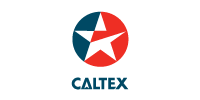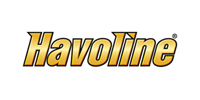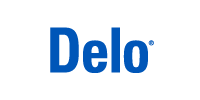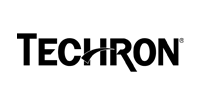the caltex lubricants solution for off-highway equipment challenges
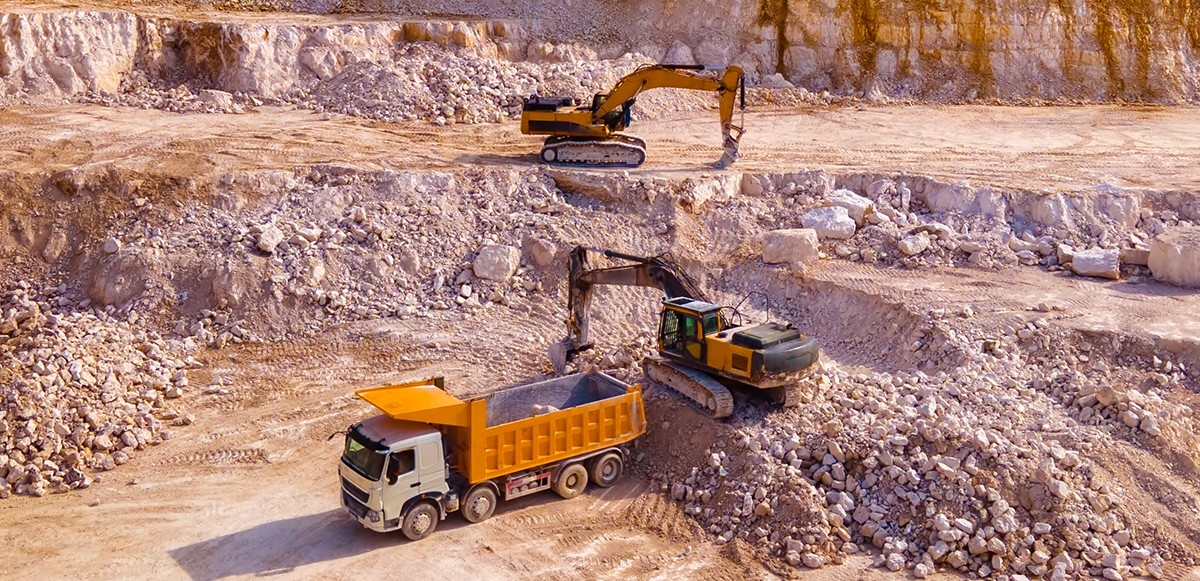
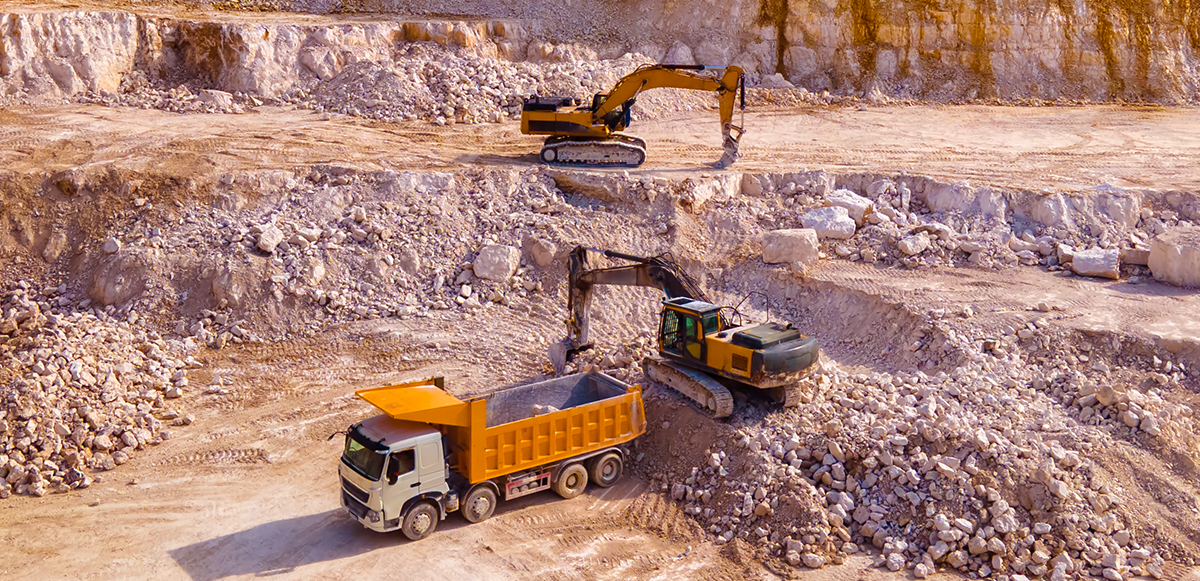
The off-highway sector—encompassing construction, agriculture, mining, and material handling—is undergoing a period of significant transformation. Rising operational costs, tightening emissions regulations, and the push toward alternative power sources are forcing operators and manufacturers to adapt. Below, we explore the most pressing challenges shaping the industry today.
Fuel Efficiency
Fuel remains one of the most significant operating costs across off-highway industries. As fuel prices continue to rise, many operators are turning to lower-viscosity engine oils like 10W-30 instead of traditional 15W-40. These lower-viscosity grades reduce internal engine drag, improving fuel economy without compromising wear protection—when formulated correctly.
This shift, though subtle, requires careful management. Equipment in off-highway settings often works under high loads and variable speeds, so oils must still deliver robust protection against wear, deposits, and heat stress. Operators are realizing that the right lubricant can deliver tangible savings without mechanical compromise.
Electrification
While electrification is gaining ground in many sectors, off-highway applications remain a unique challenge. Remote locations and infrastructure limitations make full electrification difficult to implement. In some cases, standalone gas engines are used to generate electricity on-site, but this undermines the purpose of reducing carbon emissions.
An interesting alternative is the rise of hydrogen-powered industrial engines. More cost-effective than hydrogen fuel cells or battery-electric machines, these engines are being developed for small- to mid-sized equipment. However, widespread use remains limited by high upfront costs and the lack of hydrogen distribution networks.
Managing Emissions and the Rise of DPFs
With regulations such as EPA Tier 4 and EU Stage V now in place, Diesel Particulate Filters (DPFs) are becoming standard in mobile off-highway equipment like excavators and harvesters. These filters reduce harmful particulate emissions but introduce new maintenance challenges.
Most DPFs need to be cleaned or replaced after 4,000–4,500 hours of use—an expensive and time-consuming process in 24/7 operations like mining. Compounding this, older high-SAPS oils commonly used in the sector increase ash accumulation in DPFs, accelerating clogging and reducing efficiency. As a result, operators are moving toward low- and mid-SAPS lubricants that are compatible with emissions systems.
A Sector Slow to Change
The off-highway industry has traditionally been conservative when it comes to adopting new technologies. For decades, 15W-40 engine oil has been the default, despite the proven benefits of more advanced formulations in fuel economy and emissions control.
With stricter regulations now affecting even off-road equipment, operators are under pressure to adapt. Research shows that switching to optimized hydraulic fluids, for example, can resolve issues like stick-slip—where a hydraulic cylinder momentarily seizes during movement. This not only affects performance but also wastes energy. Modern fluids reduce this friction, improving equipment responsiveness and fuel efficiency.
Greases: Evolution Beyond Lithium
While greases often go unnoticed, they play a crucial role in the smooth operation of equipment. Traditionally, lithium-based greases have been the go-to option in heavy machinery. However, the rising cost of lithium and the need for better performance under extreme pressures and temperatures are pushing the industry toward alternatives.
One such alternative is the use of calcium sulfonate greases. These greases offer superior water resistance, mechanical stability, and load-carrying capacity. They're particularly well-suited for environments where equipment is exposed to water, dust, or vibration—making them ideal for construction and mining sites. With better performance and more stable pricing, calcium sulfonate greases are poised to become a staple in the next generation of off-highway lubrication.
The Solution that Supports the Shift
As these challenges evolve, so must the solutions that support the off-highway sector. Two such examples advanced calcium sulfonate grease formulations provide next-generation protection for critical components and Delo® 600 ADF SAE 10W-30, a product engineered to tackle several of the sector’s biggest pain points.
Formulated with OMNIMAX™ technology, Delo 600 ADF offers:
- Ultra-low SAPS content, helping reduce ash accumulation and clogging in DPFs
- Extended DPF cleaning intervals, reducing downtime
- Improved fuel economy, through low viscosity, reduced friction at start-up and reduced DPF regeneration
- Extended oil drain intervals, supporting longer operational windows without service
- Reduced inventory costs thanks to a formulation designed to provide excellent performance in mixed fleets or different engine designs, reducing the chance of misapplication
As the off-highway world transitions to cleaner, more efficient operations, products like Caltex Delo 600 ADF represent the kind of innovation that supports performance without compromise.


























